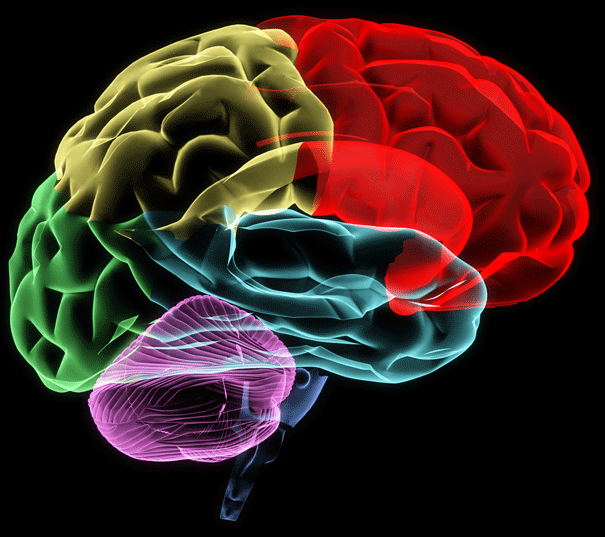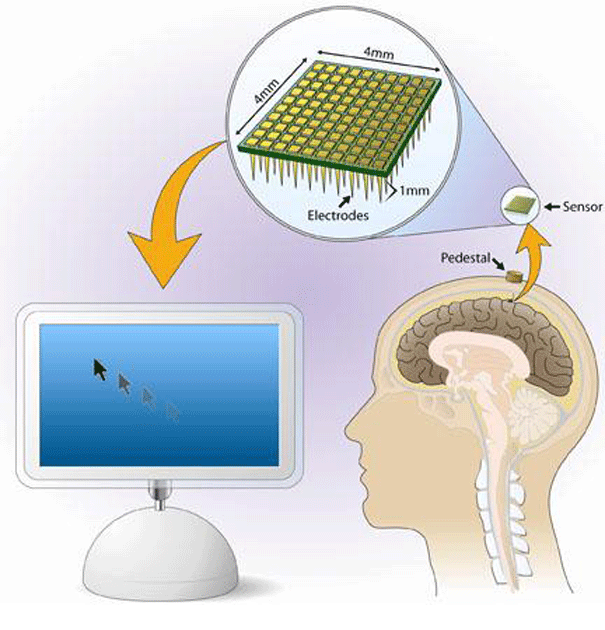
Patients with almost-complete body paralysis were able to reach and grasp objects with a robotic arm using only brain signals to direct the motion. Image: Shutterstock
Technology provides hope for paralysed patients to lead more independent lives.
A thought-powered robotic arm could put independence within reach for disabled patients. Neuroengineer Dr Leigh Hochberg and neuroscientist John Donoghue have published a study in the journal Nature demonstrating how two people with almost-complete body paralysis were able to reach and grasp objects with a robotic arm using only brain signals to direct the motion.
“The ultimate goal of our research team was to develop neurotechnologies that assist in communication ability and independence for people with neurologic disease or injuries, specifically for people with limited or no control of the arms and hands,” Donoghue said at a press conference. “We’re hoping to provide a technology that will translate the intention to move as decoded directly from brain signals back into command to control for example devices such as prosthetic limbs. We’re able to announce an important progress towards those goals.”
The researchers used the BrainGate neural interface system, a device currently under development in a clinical study. The device allowed a 58-year-old woman, paralysed by a stroke for almost 15 years, to use her thoughts to control a robotic arm, grasp a bottle of coffee, serve herself a drink, and return the bottle to the table.
“This was the first time in nearly 15 years that she was able to pick up anything solely on her own, and the smile on her face when she did this was something that I, or anyone else on our team, will never forget,” said Donoghue.
Each patient had an array of electrodes about the size of a baby aspirin surgically implanted in their motor cortex, the part of the brain near the top of the head that controls voluntary movements. The array, or BrainGate, reads a pattern of brain signals and then sends them to an external computer where algorithms translate patterns of electrical activity that are then able to command or control a computer or prosthetic limb.
In several research sessions that were conducted in the patient’s place of residence, patients were able to reach out and touch a series of six centimetre foam ball targets 49 per cent to 95 per cent of the time in over 200 trials. Two-thirds of the reaches resulted in successful grasping.
The result, a first for human subjects, brings scientists a step closer to restoring mobility for people with spinal cord injuries, lost limbs, and other conditions that limit movement.
“This is quite a step forward,” said Andrew Jackson, a neuroscientist at Newcastle University, UK, who was not involved in the study. “It’s also a good demonstration of why basic science matters, because it can lead to applications that can significantly improve patients’ quality of life.”

Each patient had an array of electrodes about the size of a baby aspirin surgically implanted in their motor cortex. Image: Brown University
Source: Eurekalert






